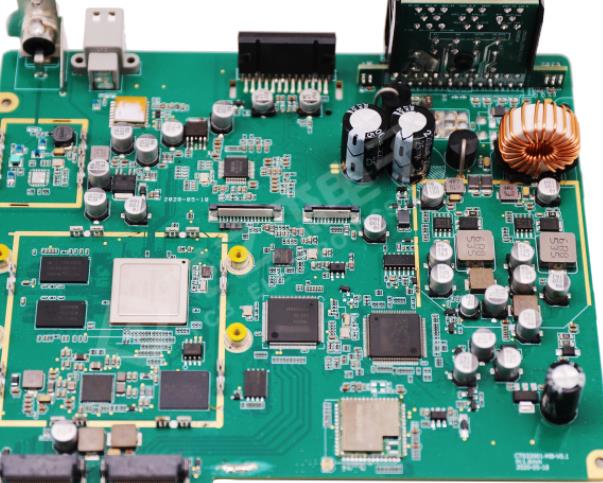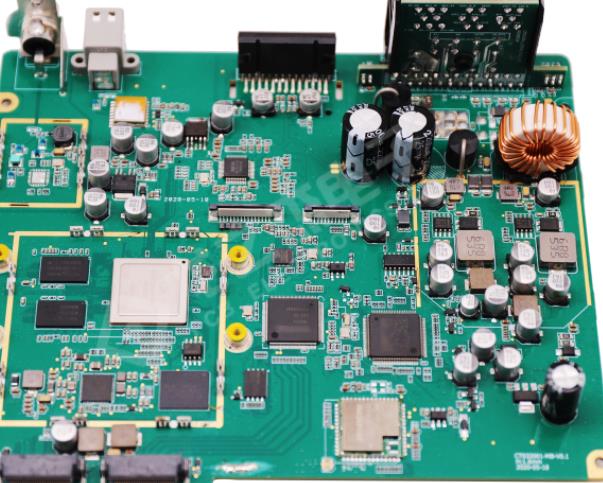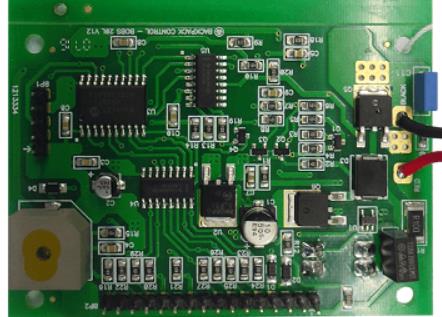
PCBA manufacturer's PCBA short circuit inspection method
To check the short circuit of PCBA circuit board of PCBA manufacturer, first, open the PCB design on the computer, light up the PCB board of the short circuit network, and check the position closest to and easiest to connect to, especially the short circuit inside the integrated circuit
In case of manual welding in PCBA factory, good habits shall be formed: 1. Before PCB welding, visually inspect the PCB once, and use a multimeter to check whether the key circuits (especially the power supply and grounding) are short circuited; 2. After each chip is welded, use a multimeter to check whether the power supply and ground are short circuited. 3. Do not shake the iron block at will during welding. If the solder is shaken to the bottom of the chip (especially the surface mounted components), it is not easy to find the short circuit. Take a board to cut the line (especially single-layer/double-layer board). After the line is cut off, each part of the function block is powered on and gradually eliminated.
For the short circuit positioning analyzer, if there is a BGA chip, because the chip can not see all the solder joints, and it is also a Multilayer board (more than 4 layers), it is better to divide the power supply of each chip during the design and connect it with magnetIC beads or 0-Euclid resistance. In this way, when power and ground short circuits occur, it is easy to locate the chip by disconnecting the magnetic bead detection. Due to the difficulty of BGA welding, if automatic machine welding is not carried out, the adjacent power supply will short circuit the two balls without any attention.

Polychlorinated biphenyls
Be careful when welding SMAll surface capacitors, especially power filter capacitors (103 or 104), which can easily lead to short circuit between power supply and ground. When repairing the PCBA circuit board, the fault of short circuit of public power supply is often very serious, because many electronIC components on the PCBA circuit board share the same power supply. Each component using the power supply is suspected of short circuit. If there are not too many electronic components on the PCBA circuit board, then the "ground hugging" pipe can finally find the short circuit point. If there are too many components, whether you can hoe with "holding the earth" depends on your luck. The plug-in capacitor on pcb circuit board can be cut by one foot with diagonal pliers (be careful to cut from the center, not from the root or circuit board). The plug-in IC can cut off the VCC pin of the power supply. When one foot is cut off, the chip or capacitor will be short circuited when the short circuit disappears. If it is a chip integrated circuit, after melting the tin with solder, you can tilt the power pin of the integrated circuit to leave the VCC power supply. After replacing the short circuit element, weld the cut or convex part again.
Another quick way is to use a special instrument: a milliohmmeter. We know that copper foil on PCBA circuit board also has resistance. If the thickness of copper foil on PCB is 35um and the width of printed line is 1mm, the resistance value is about 5m per 10mm. Such a small resistance value cannot be measured with an ordinary multimeter, but can be measured with a milliohmmeter.
Now let's assume that the PCBA circuit board is shorted The measured value of an ordinary multimeter is 0, while the measured value of a millimeter may be tens to hundreds of milliohms When we measure the short circuit components on the circuit, the PCB board has the lowest resistance because there is a pen on its foot (Since the resistance value also includes the resistance value of the coupler foot on the printed circuit board when measuring on the foot of components placed on other PCBA circuit boards), we may decide to compare the resistance value of the millennium meter when a component is detected (the same is true if there is a short circuit in solver or coupler foot) ned, The components of the PCBA board are the focus of suSPIcion, which can quickly find obstacles








